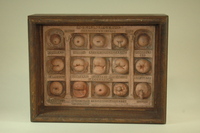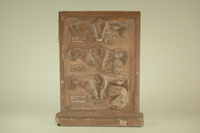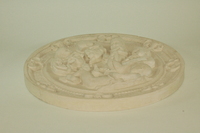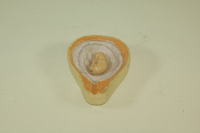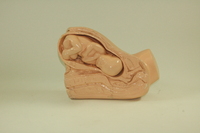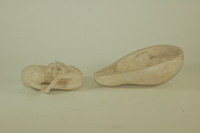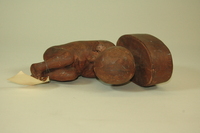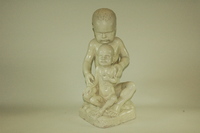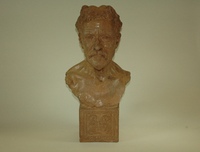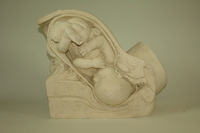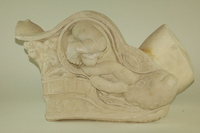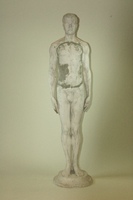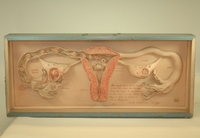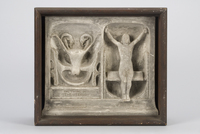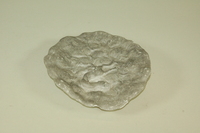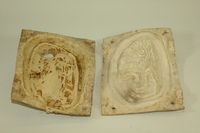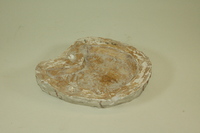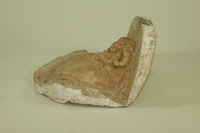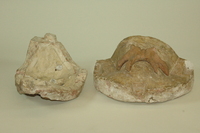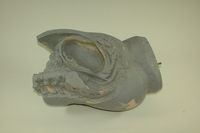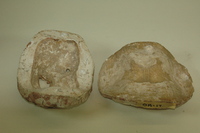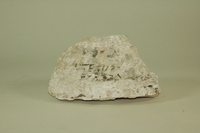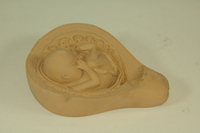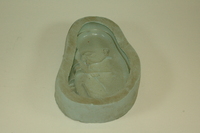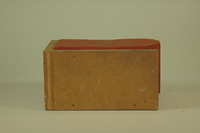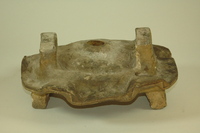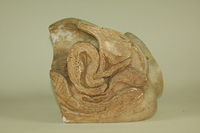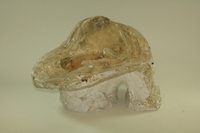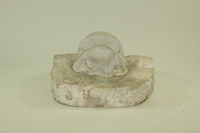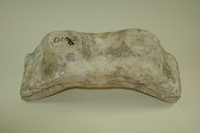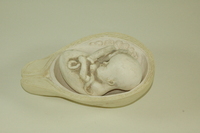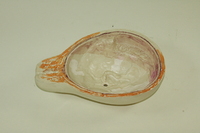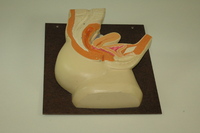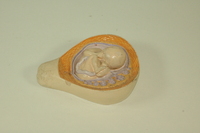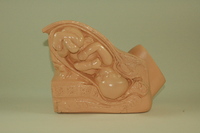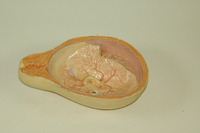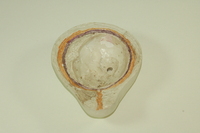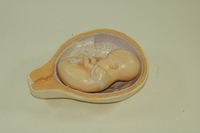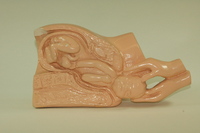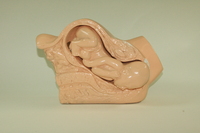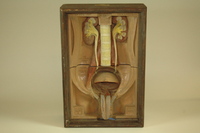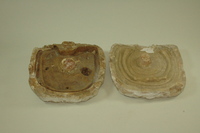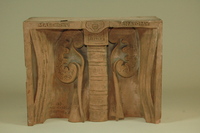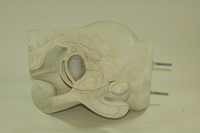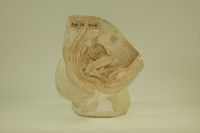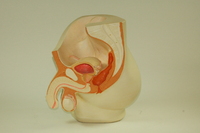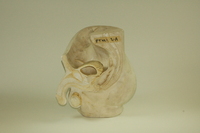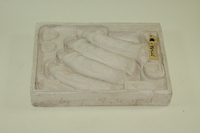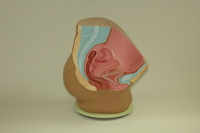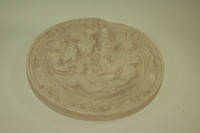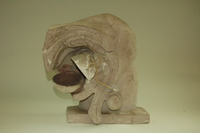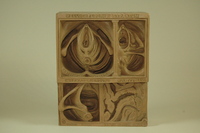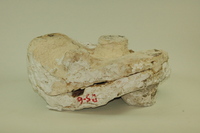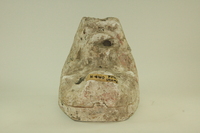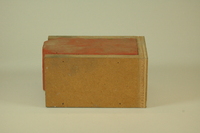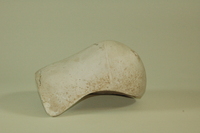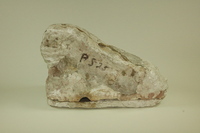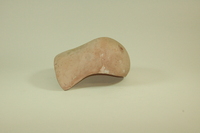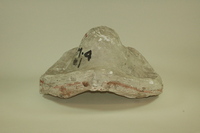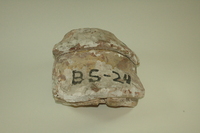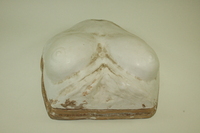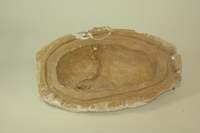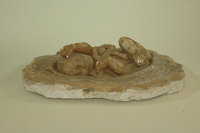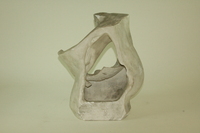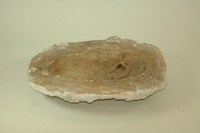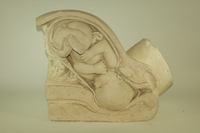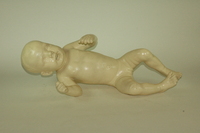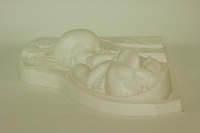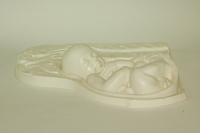Dickinson-Belskie Collection, 1939-2007. WAM 20500-20899.
Dublin Core
Title
Dickinson-Belskie Collection, 1939-2007. WAM 20500-20899.
Subject
Dickinson, Robert Latou, 1861-1950
Belskie, Abram, 1907-1988
Models
Description
Robert Latou Dickinson (1861-1950) was born in Jersey City, New Jersey, on 21 February 1861, to Horace Dickinson and Jeannette Latou. He grew up in Brooklyn, New York and at age 12 moved with his family to Europe for four years. While there he attended schools in Germany and Switzerland. After receiving his M.D. from Long Island College Hospital, Brookyn, New York, Dickinson entered private practice in Brooklyn and joined the staff of Long Island College Hospital. During his career, he also worked on the staffs of Brooklyn Hospital (Brooklyn, New York, N.Y.), Episcopal Hospital (Brooklyn, New York, N.Y.), and Kings County Hospital (Brooklyn, New York, N.Y.). While in private practice, Dickinson developed extensive sexual case histories of his patients, including sketches. This informed his belief in the need for physicians to serve as marriage counselors for their patients. During World War I, Dickinson served on the National Council of Defense, Medical Section, as Assistant Chief (1917), and on the Army General Staff as a medical adviser (1918-1919). In 1923 Dickinson founded the Committee on Maternal Health (later National Committee on Maternal Health), through which he worked with Margaret Sanger on studies of contraceptive practices. In 1939 he became the Senior Vice President of Planned Parenthood Federation of America. During his career, Dickinson served as president of the New York Obstetrical Society, the Euthanasia Society of America, and the American Gynecological Society, as well as Fellow and Director of the American College of Surgeons. After retirement from medical practice, Dickinson collaborated with sculptor Abram Belskie on teaching models of conception, fetal development, and birth, some of which were exhibited at the 1939 World’s Fair in New York, New York. The models were later featured in Dickinson's teaching book, Birth Atlas. The sculptures “Norma” and “Normman” were a product of their collaboration as well. In 1946 Dickinson received the Albert and Mary Lasker Foundation award for his work in human fertility. Dickinson died in 1950 at age 89 of pleurisy.
Abram Belskie was born in London in 1907. He grew up in Glasgow, Scotland, and graduated from the Glasgow School of Art in 1926. He emigrated to New York in 1929 to work for the British sculptor John Gregory. In 1938 Belskie began a collaboration with Dr. Robert Latou Dickinson to create a series of medical models. The first series they collaborated on was a collection of models related to the birthing process, some of which were exhibited at the 1939 World's Fair. In 1942, Belskie created the sculptures Normman and Norma. These sculptures were based on data collected by Dickinson and intended to represent the statistical ideal of the male and female figures, respectively. After Dickinson's death in 1950, Belskie primarily created medallions, some of which were related to medicine. Belskie died in 1988.
This collection is comprised of the models that Dr. Robert Latou Dickinson collaborated on with artist Abram Belskie after Dickinson's retirement from medical practice. This series of teaching models depict conception, fetal development and birth, and some were exhibited at the 1939 World's Fair in New York, New York. The models were later featured in Dickinson's teaching book, Birth Atlas. The sculptures “Norma” and “Normman” were a product of their collaboration as well.
Abram Belskie was born in London in 1907. He grew up in Glasgow, Scotland, and graduated from the Glasgow School of Art in 1926. He emigrated to New York in 1929 to work for the British sculptor John Gregory. In 1938 Belskie began a collaboration with Dr. Robert Latou Dickinson to create a series of medical models. The first series they collaborated on was a collection of models related to the birthing process, some of which were exhibited at the 1939 World's Fair. In 1942, Belskie created the sculptures Normman and Norma. These sculptures were based on data collected by Dickinson and intended to represent the statistical ideal of the male and female figures, respectively. After Dickinson's death in 1950, Belskie primarily created medallions, some of which were related to medicine. Belskie died in 1988.
This collection is comprised of the models that Dr. Robert Latou Dickinson collaborated on with artist Abram Belskie after Dickinson's retirement from medical practice. This series of teaching models depict conception, fetal development and birth, and some were exhibited at the 1939 World's Fair in New York, New York. The models were later featured in Dickinson's teaching book, Birth Atlas. The sculptures “Norma” and “Normman” were a product of their collaboration as well.
Provenance
This collection was donated to the Warren Anatomical Museum in 2007 by the Cleveland Museum of Natural History.
Collection Items
View all 277 itemsCollection Tree
- Warren Anatomical Museum
- Dickinson-Belskie Collection, 1939-2007. WAM 20500-20899.

